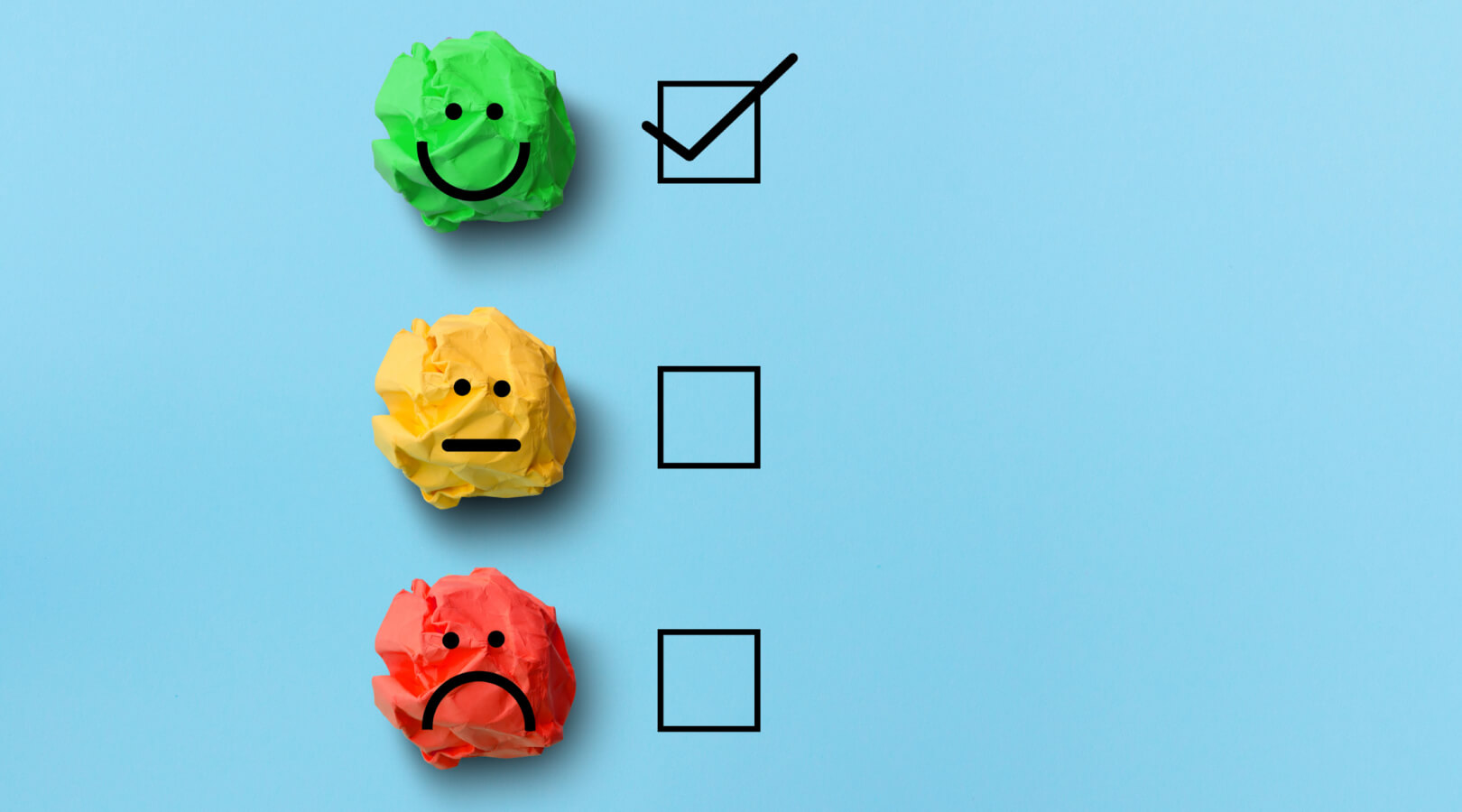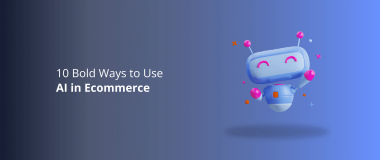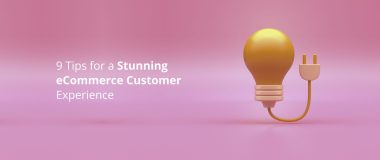Imagine dedicating months of hard work to acquiring new customers for your eCommerce business, only to witness many of them part ways laters. It can be disheartening. This is where the power of churn prediction comes in. It helps you understand why certain clients are at risk of churning, enabling you to take proactive measures to prevent them from leaving.
In this article, we will be exploring the concept of churn prediction, delve into the reasons why customers leave in the first place, and discuss why you should consider using marketing automation platforms to prevent this.
Let’s start.
Readers Also Enjoy: 10 Bold Ways to Use AI in Ecommerce – DevriX
What Is Churn Prediction?
Churn prediction is like having a crystal ball, but for businesses. It involves using data analysis, machine learning, and predictive modeling to figure out which customers might ghost you and never come back.
The ultimate aim of churn prediction models is to empower businesses to proactively identify and retain customers who are at a higher risk of disappearing, based on factors such as the duration since their last purchase.
The average churn rate for a business depends on various factors, including the type of business. According to research by Recurly, for subscription-based businesses, a 5% monthly churn rate would be considered average. For non-subscription based single-purchase businesses like typical fashion brands, about 75% churn would be considered average.
As you can imagine, lower churn rates are more desirable . If your churn prediction values hover around 50%, that’s fantastic news! It indicates that you possess a robust customer base with a lower likelihood of attrition.
However, if your churn prediction values exceed 75%, it’s a clear sign that you need to take action. In these cases, it becomes crucial to implement effective retention strategies and prioritize customers who are more inclined to return.

Why Do Customers Churn?
There are several reasons why customers go, and it’s essential to understanding them to reduce churn rate and retain customers.
- Poor customer service. Customers leave when they aren’t satisfied with the service they receive. For instance, if a customer has to wait to get their issue resolved, they might switch to another brand.
- Limited product selection. Customers want variety and options. If a store doesn’t offer a wide range of products, customers might look for other stores that do.
- High prices. Customers are always looking for the best deals.
- Slow delivery. Clients expect fast and reliable delivery.
- Security concerns. If a store has a history of data breaches or doesn’t have proper security measures in place, customers might switch to another store.
- Lack of personalization. Users expect personalized experiences. If a store doesn’t offer personalized recommendations or promotions, they might switch to another store.
- Technical issues. Customers expect a seamless shopping experience. If there are technical issues such as slow loading times or broken links, customers might leave.
- Unsatisfactory post-purchase experience. Users expect a smooth post-purchase experience such as easy returns and refunds. If a store makes it difficult for them to return products or get refunds, customers might simply switch to another store.
Subscription Churn
- Lack of satisfactory customer support. When customers don’t receive the level of service they expect, they are more likely to cancel their subscription in search of better customer care and attention elsewhere.
- Price increases. If prices are raised without effectively communicating the added value to customers, they may feel the impact quickly and decide to cancel.
- Absence of product customization options. Customers want to feel that their subscription is tailored to their specific preferences and needs.
- Inflexible subscription plans. When customers feel trapped by rigid subscription plans that don’t accommodate changes in their lifestyle or circumstances, they may choose to leave if they can’t make the subscription work for them.
Why Do Businesses Have to Predict Customer Churn?
What is customer churn, after all? It is the percentage of customers who stop using a company’s product or service within a certain period of time (month, year).
Predicting churn is important because you can prevent it happening by taking action to retain customers at risk of churning. Retaining existing customers is significantly easier and less costly than attracting new ones.
Customer segmentation and effective churn modeling are two essential steps in managing the churn rate. Churn modeling is carried out via accurate machine learning models, which process all the customers at once and find hidden dependencies and patterns in the data.
But predicting customer churn is a challenging task. Even if you have the necessary customer data, extracting it in a useful way can be difficult.
For instance, you might have a database with a list of customer purchase events. When predicting churn, factors such as the sequence of purchase events and the time gaps between them are just as important as customer lifetime value (CLV) and the number of purchases.
Moreover, accurate predictive analytics should be tailored to your specific company’s operations. Learning general churn formulas is one thing, but predicting real outcomes using algorithms that align with the realities of your business is another.
Readers Also Enjoy: 7 Tips to Reduce Attrition Rate for B2B Businesses – DevriX
Predict Churn Through Marketing Automation Platforms
Marketing automation platforms are designed to help businesses automate and improve their customer engagement. One of the key benefits of these platforms is their ability to predict customer churn by analyzing data points and providing insights into why they are at risk.
One example of a marketing automation platform that helps predict churn is Klaviyo. It offers advanced segmentation features such as predictive analytics, which can help brands identify customers who are at risk of disappearing or are likely to make a future purchase. This can help brands target their email campaigns more effectively and increase customer lifetime value.
Another example is HubSpot. HubSpot’s predictive lead scoring feature uses machine learning to analyze customer data and predict which leads are most likely to convert. This helps businesses focus their sales efforts on the leads that are most likely to convert, which in turn, increases the efficiency of their sales process.
Two more examples of marketing automation platforms that help predict churn are Salesforce Marketing Cloud and Adobe Campaign.
Salesforce Marketing Cloud offers a range of features to help businesses improve their customer engagement and retention. One of these features is predictive analytics, which can help identify customers who are at risk of churning and provide insights into why they are at risk.
Adobe Campaign uses machine learning algorithms to analyze customer data and identify patterns that indicate a customer is at risk of leaving. By analyzing this data, the platform can then provide insights into why these customers are at risk and help the business take proactive measures to retain them.

10 Ways to Prevent Customer Churn
Customer churn can be quite a challenge. It can lead to lost revenue and profits and hurt a business’s growth. Here are some ways to prevent customers from going:
- Investigate the reasons behind customer churn. It is essential to know your customer churn rate, but you also need to understand why your customers are going away. One way is by simply asking the customers their reason for leaving.
- Collect customer feedback periodically. Periodically ask your customers for their feedback on products and/or quality of the services used . Giving them the ability to comment through in-app chatbots and surveys makes it easier for you to pinpoint the issue.
- Identify your flaws. After collecting customer feedback, segregate the different reasons for customer churn and identify the areas where you can improve the buying experience.
- Maintain transparency with customers. One of the most crucial measures a business can take to keep the trust of its customers is to be completely transparent. If the customer reports an issue, acknowledge it and update them about every step of the complaint resolution process.
- Don’t over-promise and under-deliver. While it may sound enticing to offer one-day deliveries or full refunds , do not make promises to your customers that you cannot keep.
- Create a loyalty program. A loyalty program is an excellent way to retain customers and prevent churn. By offering rewards such as discounts, free shipping, or exclusive access to new products, you can incentivize customers to continue shopping.
- Excellent customer service. Providing good customer service is essential to retaining customers. Make sure that you have a dedicated team that can handle customer queries and complaints promptly and efficiently.
- Personalized recommendations. Personalized recommendations based on a customer’s purchase history and browsing behavior can help increase engagement and retention rates.
- Improve website performance. Slow website performance can lead to frustration among customers, which can result in churn. Make sure that your website loads quickly and is easy to navigate.
- Use social media effectively. Social media platforms such as Facebook, Twitter, and Instagram are excellent tools for engaging with customers and promoting your brand.
Readers Also Enjoy: How to Increase eCommerce Customer Retention [2023 Tips] – DevriX
Wrap Up
Predicting and preventing customer churn is vital for business growth and sustainability. By leveraging data analytics, machine learning models, and marketing automation platforms, a company can gain actionable insights into customer behavior and pinpoint those at risk of churning.

![How to Handle Customer Dissatisfaction_ [eCommerce Edition]](https://devrix.com/wp-content/uploads/2023/06/How-to-Handle-Customer-Dissatisfaction_-eCommerce-Edition-1-380x160.png)


